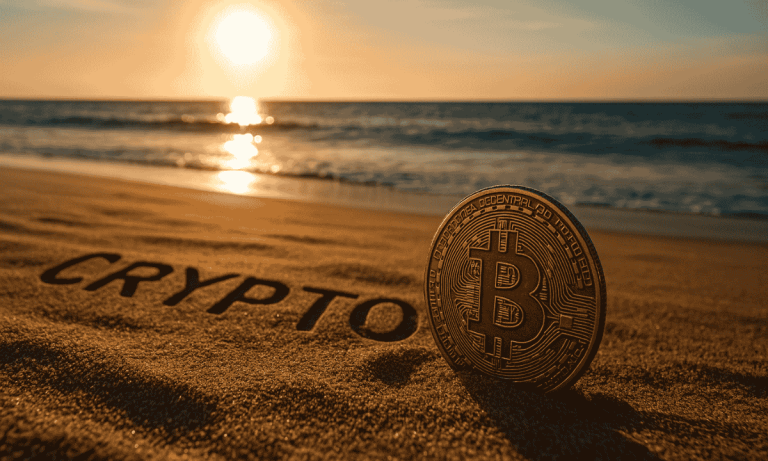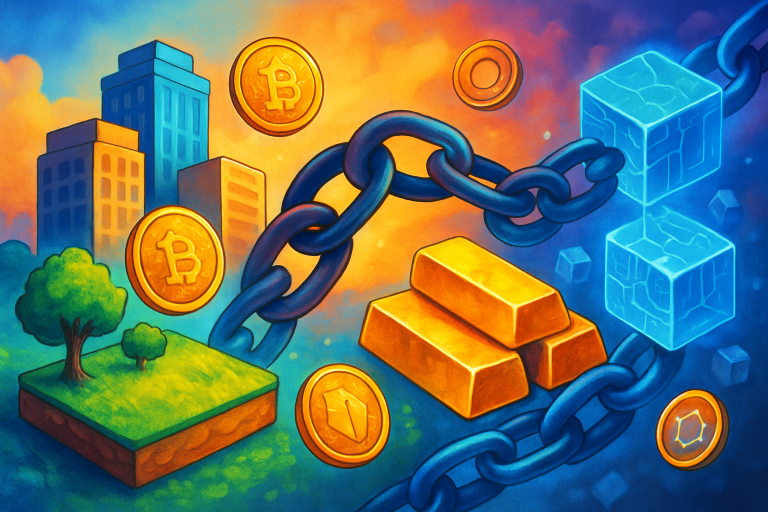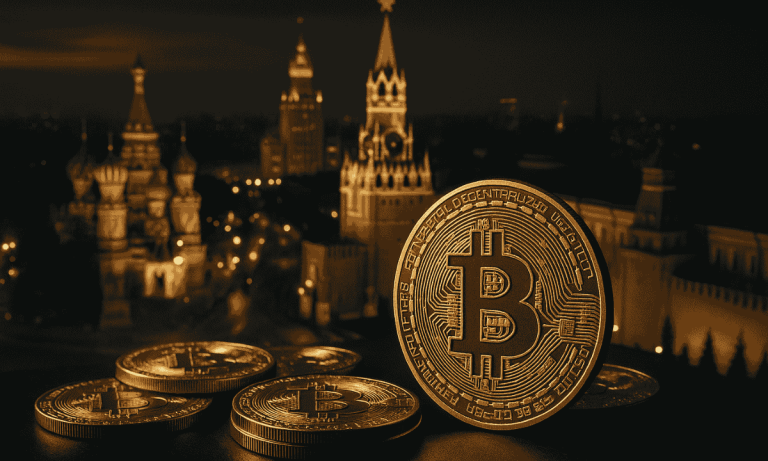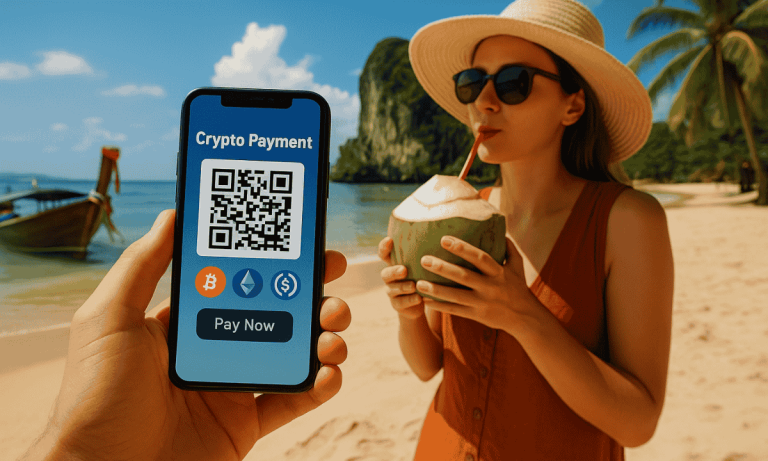The tokenization of real-world assets (RWA) is quietly rewriting the rules of value and ownership, ushering in a future where almost anything—property, art, equity, commodities, even intellectual property—can be digitally sliced, tracked, and traded in ways that feel borderline sci-fi. Yet, this isn’t a story about distant promise; it’s one unfolding right now on screens and trading desks from Singapore to Silicon Valley.
What Tokenization Actually Looks Like
Take a walk through a typical office tower lobby, the type with marble floors and security desk chatter. That building and its income stream could be split into digital tokens—a thousand, a million, whatever fits the model. Each token becomes a proof of fractional ownership, tradable 24/7 on global platforms. A private painting, once reserved for an exclusive few, can now be fractionally owned by hundreds of people. Agricultural commodities, rebar in a port warehouse, even future royalties from a musician’s streaming catalogs—all find new liquidity by being reborn as blockchain tokens.
Efficiency, Access… and Flaws
For the pragmatic investor, tokenization isn’t just about sexier trading screens. It’s about efficiency. Escrows, notaries, and intermediaries—the layers that gummed up old asset transfers—are replaced by self-executing smart contracts and public, tamper-proof ledgers. Overnight, minimum investment thresholds drop. Markets open. Now, someone in Buenos Aires can own a slice of London real estate or a batch of US Treasury bonds, without ever leaving their apartment.
The sensory hum here is unmistakable: blinking dashboards, push alerts on new RWA launches, the rapid click—a kind of digital tectonic shift—as old asset classes find new price discovery mechanisms.
Yet, buried in that optimism are hurdles. Regulation lags the underlying tech. Compliance teams scramble to interpret KYC requirements for fractional investors who might be anywhere in the world. If a tokenized condo’s legal owner enters a dispute, courts often have no precedent for settling blockchain-based claims. Systems interoperability—getting old asset registries to play nicely with slick new distributed ledgers—is still more aspiration than reality, with plenty of painful manual reconciliation beneath the glossy front-ends.
Who’s Playing—and Who’s Watching
If you catch a boardroom pitch these days, you’ll notice global banks building private blockchains for commodities, fintech startups linking tokenized real estate straight to DeFi, and established exchanges experimenting with digital gold and carbon credits. BlackRock is exploring tokenized funds; Securitize is working with public equities; startups like Tangible and Ondo have pivoted entire business models to bring real yield from US Treasuries onto the blockchain.
Institutional money moves slowly, but it moves deliberately. Recent pilot projects—tokenized money market funds, art, collectibles, and farmland—have started to feel less like experiments and more like alpha versions of a new market structure.
The Texture of Change
This transition isn’t seamless. Some asset classes resist digitization—they’re tangled up in local law, cultural value, or physical verification needs. And the user experience, for now, remains uneven. Newcomers wrestle with wallet setups and obscure compliance popups. Old hands marvel at the speed, but grumble when cross-border settlements jam or when custodial insurers fumble their way through a smart contract audit.
Nevertheless, the momentum is palpable. Ask any financial analyst who’s spent time inside a tokenization launch war room: the energy is raw, improvisational. As protocols mature, standards emerge. On days when everything clicks, tokenization feels like the missing bridge for global capital—greased with code, humming with possibility, but grounded in the texture of the world we already know.
For the intelligent reader watching this unfold, it’s a market chapter marked by experimentation and imperfection, but also by the thrill of seeing value get digitized, democratized, and—maybe—made fairer for all kinds of owners. The next time you tap through your portfolio, consider: beneath the interface, those pixels might be backed by brick, steel, grain—even the tempo of a jazz riff, paid out in tokens. The future, as always, is now within reach—hidden in plain sight, until you look closely enough.







